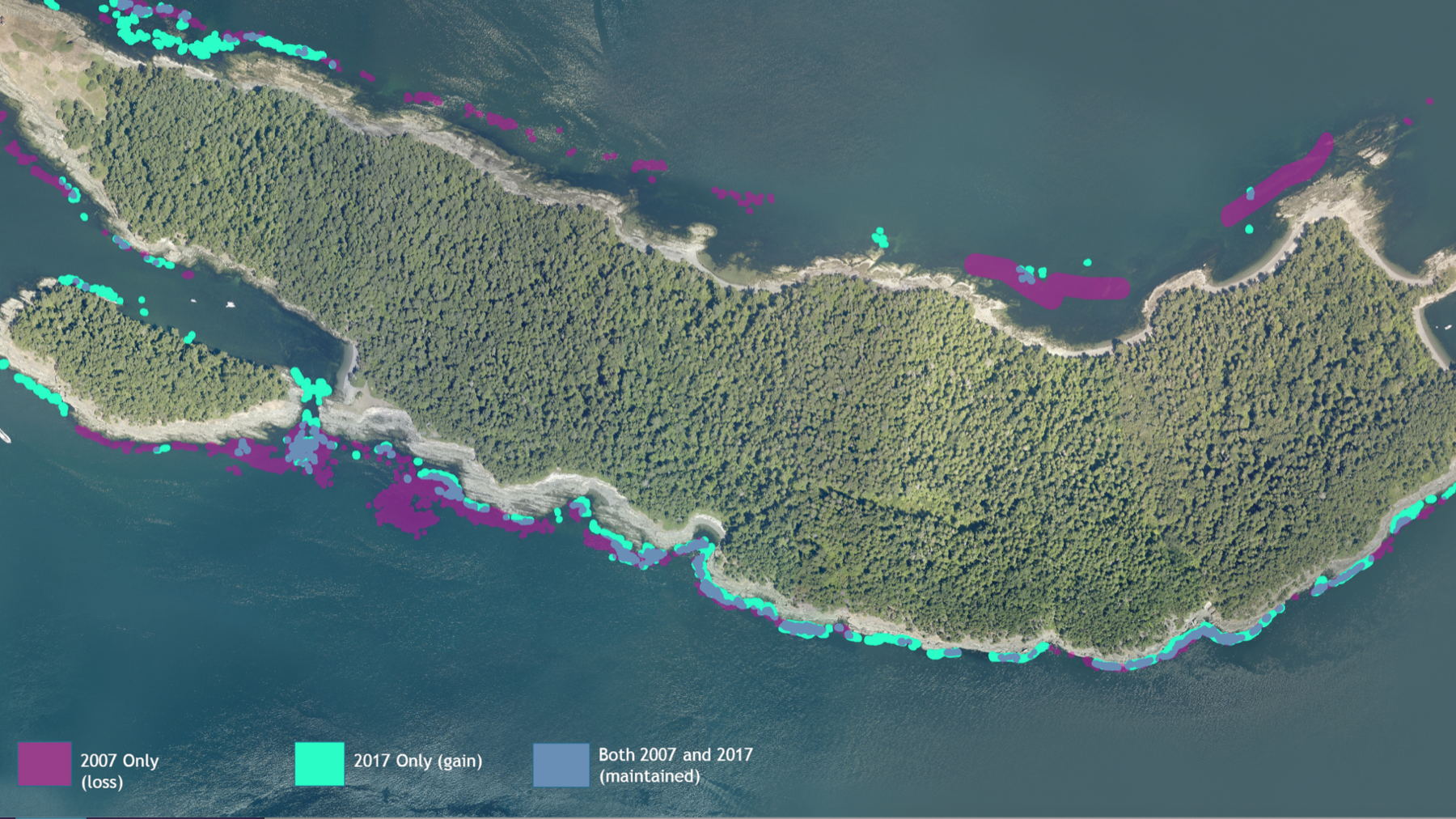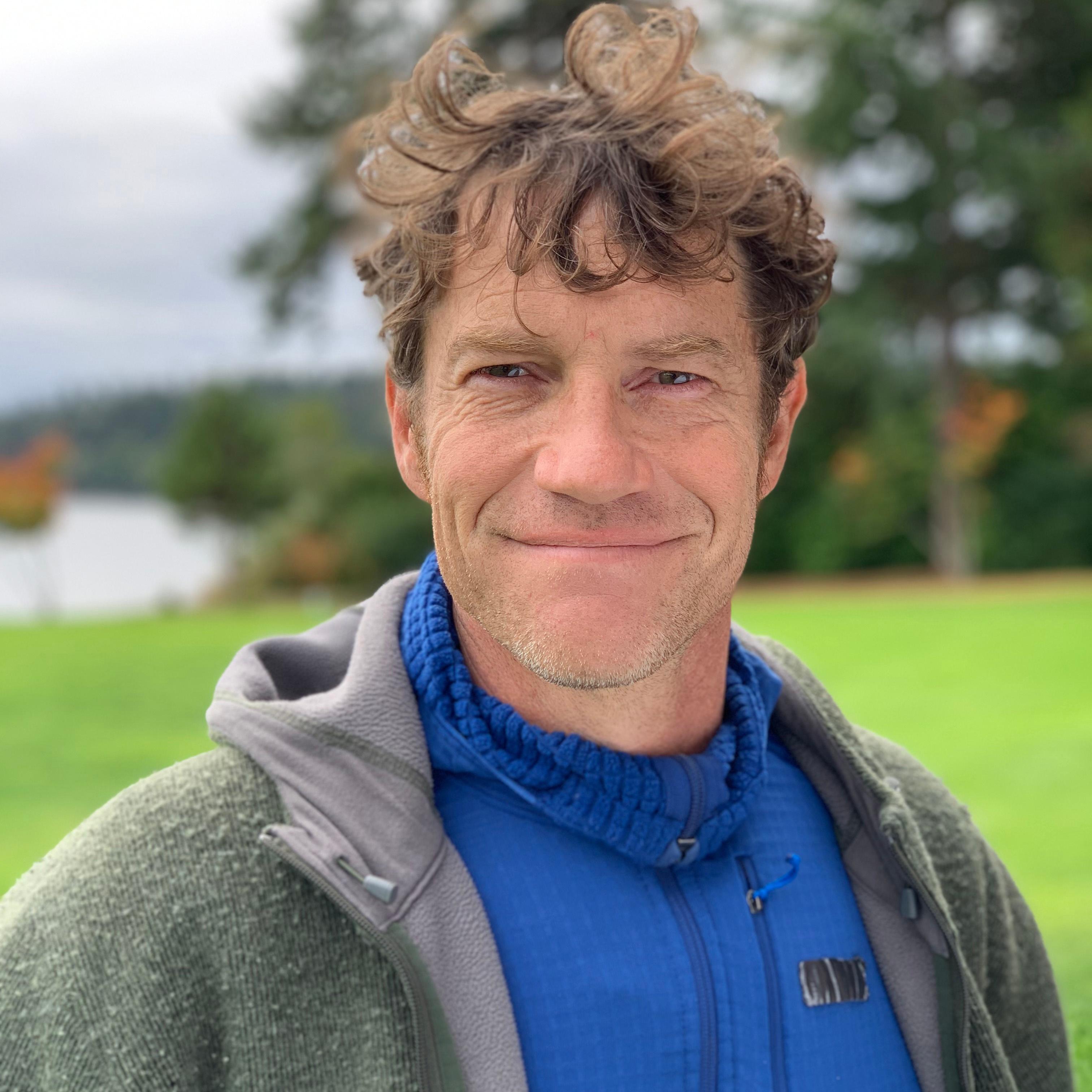Episode 1403: Kelp: Hidden Treasure of the Salish Sea
The kelp forests of the Pacific Northwest’s Puget Sound have played an essential role in the local ecosystem for thousands of years, providing an underwater haven and food source for hundreds of species of mammals, fish, and invertebrates, including the area’s iconic Southern Resident killer whales. Today, this hidden treasure of the Salish Sea is in documented decline, but a diverse web of resource managers, scientists, tribal citizens, and advocates across the region are working against time to solve the mysteries of conserving and restoring kelp forests.
Experts
Meet the experts featured in this episode.

© Florian Graner

© Florian Graner

© Florian Graner

© Florian Graner

© Florian Graner

© Florian Graner

Changing Seas

Changing Seas

Changing Seas

Changing Seas

Changing Seas

Changing Seas

Changing Seas

Changing Seas

Changing Seas

Changing Seas

Changing Seas

Changing Seas

Changing Seas

Changing Seas

©Samish Indian Nation

© Samish Indian Nation

© Samish Indian Nation

Changing Seas

Changing Seas

© Tyler Cowdrey

© Tyler Cowdrey
.jpg)
© Florian Graner
Image Credits
Changing Seas would like to thank the following individuals and institutions who kindly allowed their footage, images and other media to be used in this production:
Sealife Productions
Puget Sound Restoration Fund
Paul Hillman
NOAA Fisheries Service
Tyler Cowdrey
Washington State Department of Natural Resources
Laura James Videographer
Courtesy Samish Indian Nation
Brooke Weigel
University of Washington
PNW Protectors
Jack Riley
Ryan Campbell
NOAA Fisheries
Video Taken Under NMFS ESA/MMPA Permit No. 16163 and NMFS Research Permit Numbers:
18786 & 21368
Katy Foster and NOAA Fisheries
filmed under NMFS Research Permit No. 21368
Storyblocks
Special Thanks:
Fleur Anteau and University of Washington
Friday Harbor Labs
Jason Ticknor
Samish Indian Nation
Sarah van Gelder and Tom Ostrom
Suquamish Tribe
Thea Roe
Deception Pass State Park
Jason Armstrong
Washington State Park & Recreation Commission
Bob Vaux
City of Anacortes
Sylvana Niehuser
City of Olympia Parks
Kelly L. Von Holtz
The Evergreen State College
Jeff Henderson
Port of Indianola
Patricia Smith
Funding for this episode of Changing Seas was provided by:










